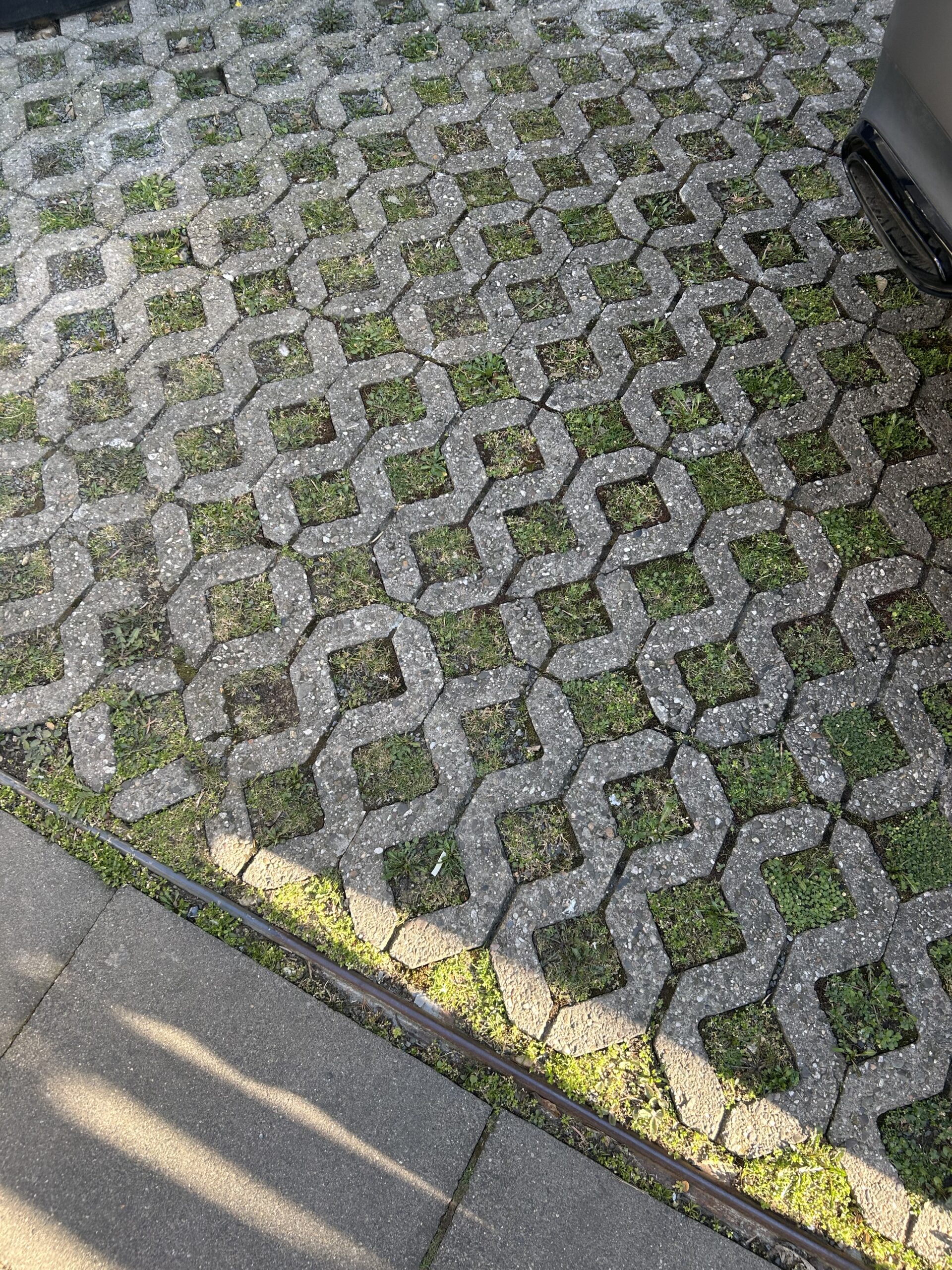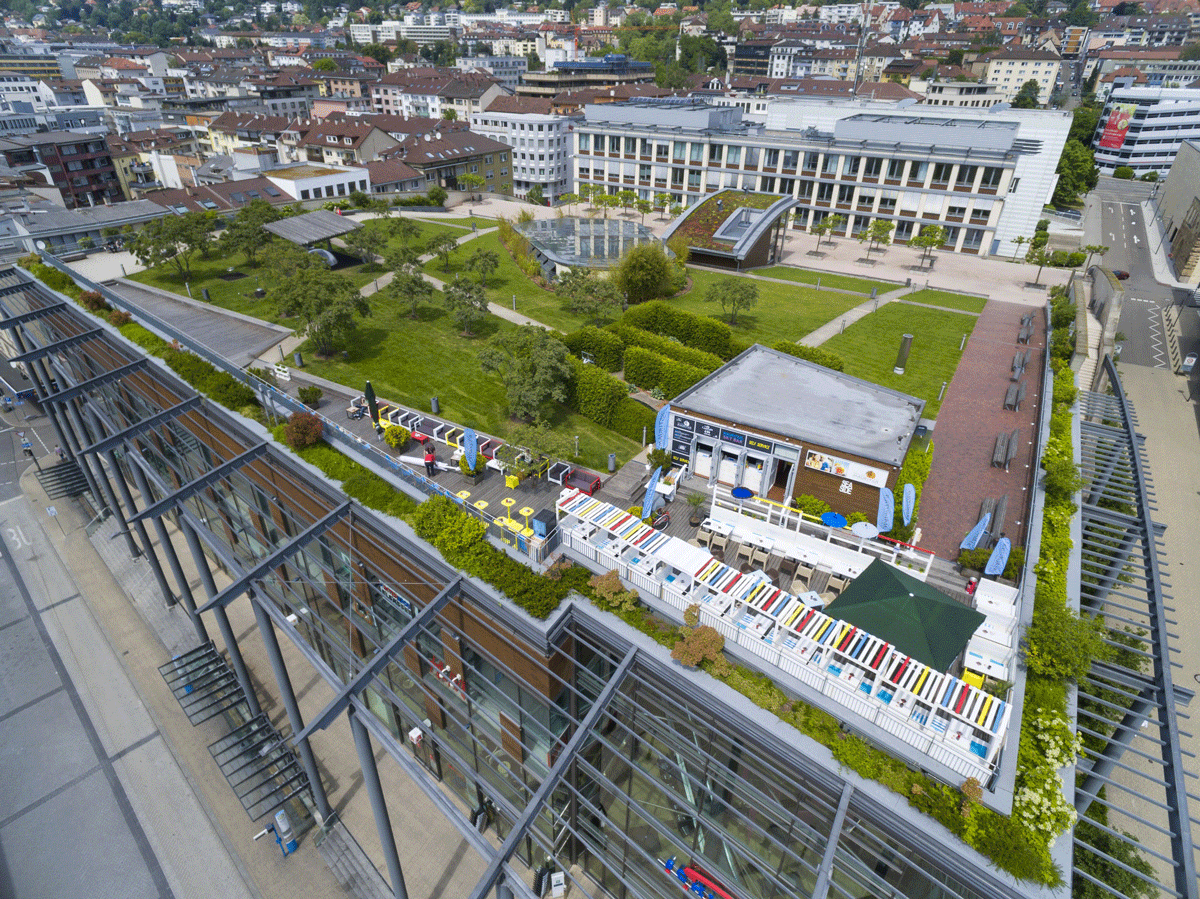Water Resources and Sustainability in Germany
Last week, one of our own Lafayette alumni sent in a fascinating question: What green infrastructure and water resources practices are we seeing here in Germany? As an aspiring environmental engineer, I took it upon myself to research this more and report back with my findings in the form of a blog.
Germany is known for its tremendous advancements in sustainable infrastructure, particularly in green infrastructure and water management. According to the CCPI, the Climate Change Performance Index, Germany is ranked 16th in the world for its efforts to slow global warming. From my observations and research, several key differences stand out when comparing the German approach to what is typical around the United States.
One of the most prominent features of Germany’s green infrastructure is the use of permeable surfaces. Many cities across Germany have implemented this method as a way to deal with stormwater runoff. These surfaces allow water to pass through it, reducing runoff and promoting natural groundwater recharge. This also reduces the strain on the sewer systems and helps prevent urban flooding. Although many cities within the United States have started to implement these surfaces in the past ten years, they are not as widespread as they are in Germany.

Germany has also recently started to implement decentralized water systems. Rather than just relying on one wastewater treatment facility, many areas use local rainwater harvesting systems, retention basins, and swale trench systems. The main goals of these systems are to retain water, reuse it for things like flushing toilets, and filter and clean through natural filtration. In the US, stormwater management often involves large detention basins and underground sewer systems, which are also used in Germany, however, Germany places a greater emphasis on the integration of green infrastructure in their systems.
Another example of green infrastructure that can be seen all around Germany is green roofs. Massive cities like Berlin and Hamburg heavily encourage their residents and businesses to invest in green roofing. In the warmer months, these roofs help with evaporation which cools down the surrounding area. They also reduce runoff by retaining water, preventing the stormwater sewers from flooding. Currently, only 3% of buildings in Berlin have green roofs, which doesn’t seem like a lot. However, if you compare it to New York City where less than 0.1% of buildings have green roofs, Berlin’s numbers don’t look too bad!

Finally, Germany puts a lot of effort into educating the public on climate change and water conservation. Government initiatives, public signage, and educational programs all help emphasize the importance of responsible water use and green infrastructure. While the United States often has some of these programs, they are usually done on the local or state level and vary based on location. In 2023, Germany adopted the National Water Strategy, aiming to ensure sustainable water resource management by the year 2050, further reinforcing its commitment to long-term environmental resilience.
Overall, while Germany and the United States have both been making strides in developing sustainable practices and green infrastructure, Germany’s policies and efforts demonstrate a more long-term, integrated approach. With heavy emphasis on things like permeable pavement, green spaces, and green roofs, as well as public awareness, Germany seems to be on the right track to combat climate change. As for the U.S., the recent gutting of federal climate change efforts, a rollback on regulations, and the heavy reliance on outdated infrastructure, leaves the future of the country’s sustainability uncertain.
Written By: Andrew M
Concept of decentralized stormwater management | Sieker. (n.d.). Sieker. https://www.sieker.de/en/fachinformationen/dealing-with-rainwater/article/concept-of-decentralized-stormwater-management-276.html#
Drinking water from rainwater – decentralized systems, experiences, possibilities and barriers. (2024, April 2). INTEWA GmbH. https://www.intewa.com/en/company/press/article/drinking-water-from-rainwater-decentralized-systems-experiences-possibilities-and-barriers/
Germanwatch e.V. (2024, November 20). Ranking | Climate Change Performance Index. Climate Change Performance Index | the Climate Change Performance Index (CCPI) Is a Scoring System Designed to Enhance Transparency in International Climate Politics. https://ccpi.org/ranking/
Green roofs. (2020). Berlin.de. https://www.berlin.de/umweltatlas/en/land-use/green-roofs/
Implementation of the German National Water Strategy (NWS) | Department of Economic and Social Affairs. (2050, December 31). https://sdgs.un.org/partnerships/implementation-german-national-water-strategy-nws
Treglia, M. L., McPhearson, T., Sanderson, E. W., Yetman, G., & Maxwell, E. N. (2022). Examining the distribution of green roofs in New York City through a lens of social, ecological, and technological filters. Ecology and Society, 27(3). https://doi.org/10.5751/es-13303-270320
Water Facts – Worldwide Water Supply | ARWEC| CCAO | Area Offices | California-Great Basin | Bureau of Reclamation. https://www.usbr.gov/mp/arwec/water-facts-ww-water-sup.html#
